Beard, Mustache & Eyebrows Transplants
Beard, Mustache & Eyebrows
Hair transplant is a surgical procedure that involves the removal of hair follicles from one part of the body (the donor area) and the transplantation of those follicles to another part of the body where hair growth is desired (the recipient area). Hair transplant can be performed on the scalp, beard, moustache, and eyebrows. In this response, we will focus on the hair transplant procedure for beard, moustache, and eyebrows.
A good candidate for beard, moustache, and eyebrow transplant is someone who has experienced hair loss or thinning in these areas and wants to restore the fullness and density of their facial hair. Candidates should be in good overall health, with no medical conditions that could affect the success of the procedure or the healing process.
Other factors that may make someone a good candidate for a beard, moustache, and eyebrow transplant include having realistic expectations about the outcome of the procedure, having a stable and adequate donor hair supply, and being willing to follow post-operative care instructions to ensure proper healing.
It’s important to note that each person’s situation is unique, and a consultation with a qualified hair restoration specialist is necessary to determine if someone is a good candidate for a beard, moustache, and eyebrow transplant.
The Process:
Hair transplant for beard, moustache, and eyebrows is typically performed using the Follicular Unit Excision (FUE) technique. The FUE technique involves the following steps:
1. Consultation: The first step in the hair transplant process is a consultation with a hair transplant surgeon. During the consultation, the surgeon will evaluate the patient’s hair thickness, and quality to determine the feasibility of the hair transplant. The surgeon will also discuss the desire shape of beard, mustache, and eyebrows.
2. Donor area preparation: In the FUE technique, hair follicles are removed from the donor area one by one. The donor area is typically the back of the head, where the hair is thick and dense. Before the hair follicles are removed, the donor area is shaved and cleaned.
3. Hair follicle extraction: The hair follicles are extracted using a small punch tool that is inserted into the skin around the hair follicle. The punch tool removes the follicle from the surrounding tissue, and the follicle is then extracted using forceps.
4. Recipient area preparation: After the hair follicles are extracted, the recipient area is prepared for transplantation. The recipient area is cleaned and small incisions are made where the hair follicles will be transplanted.
5. Hair follicle transplantation: The extracted hair follicles are then transplanted into the recipient area one by one. The surgeon carefully places each hair follicle in the incision.
Recovery:
After the hair transplant procedure, the patient will experience some discomfort, swelling, and redness in the donor and recipient areas. Pain medication and anti-inflammatory medication may be prescribed to manage these symptoms. The patient may also need to wear a bandage over the donor area for a few days.
The patient will need to avoid strenuous activity, such as exercise, for several days after the procedure. It is also important to avoid touching the recipient area or scratching the scalp to prevent dislodging the hair follicles.
Results:
The results of a hair transplant for beard, moustache, and eyebrows are typically visible within a few months after the procedure. The transplanted hair follicles will start to grow, and the hair will become thicker and denser over time. It is important to note that not all of the transplanted hair follicles will survive, and the final results may not be visible for up to a year after the procedure.
Overall, hair transplant for beard, moustache, and eyebrows can be an effective way to restore hair growth in these areas. However, it is important to choose a qualified and experienced hair transplant surgeon to ensure the best possible results.
Popular Facial Hair Styles
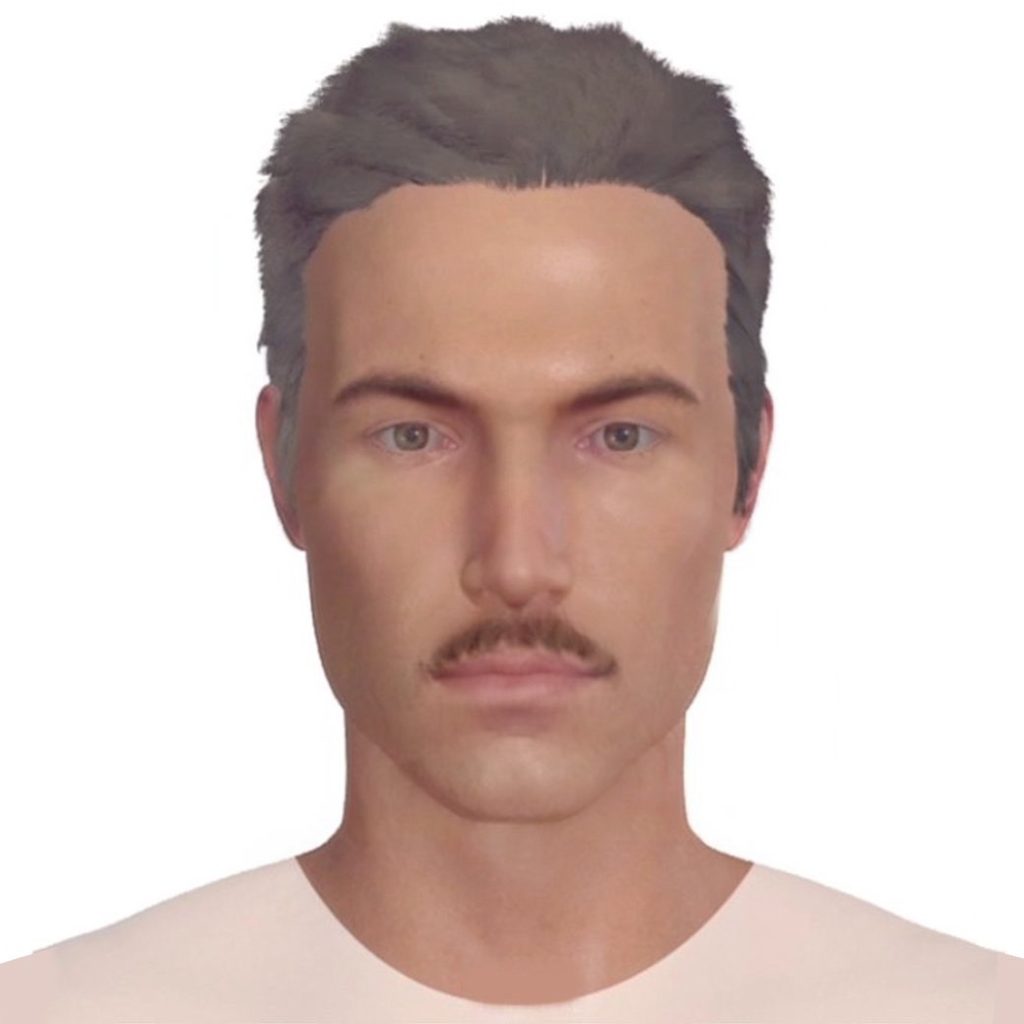
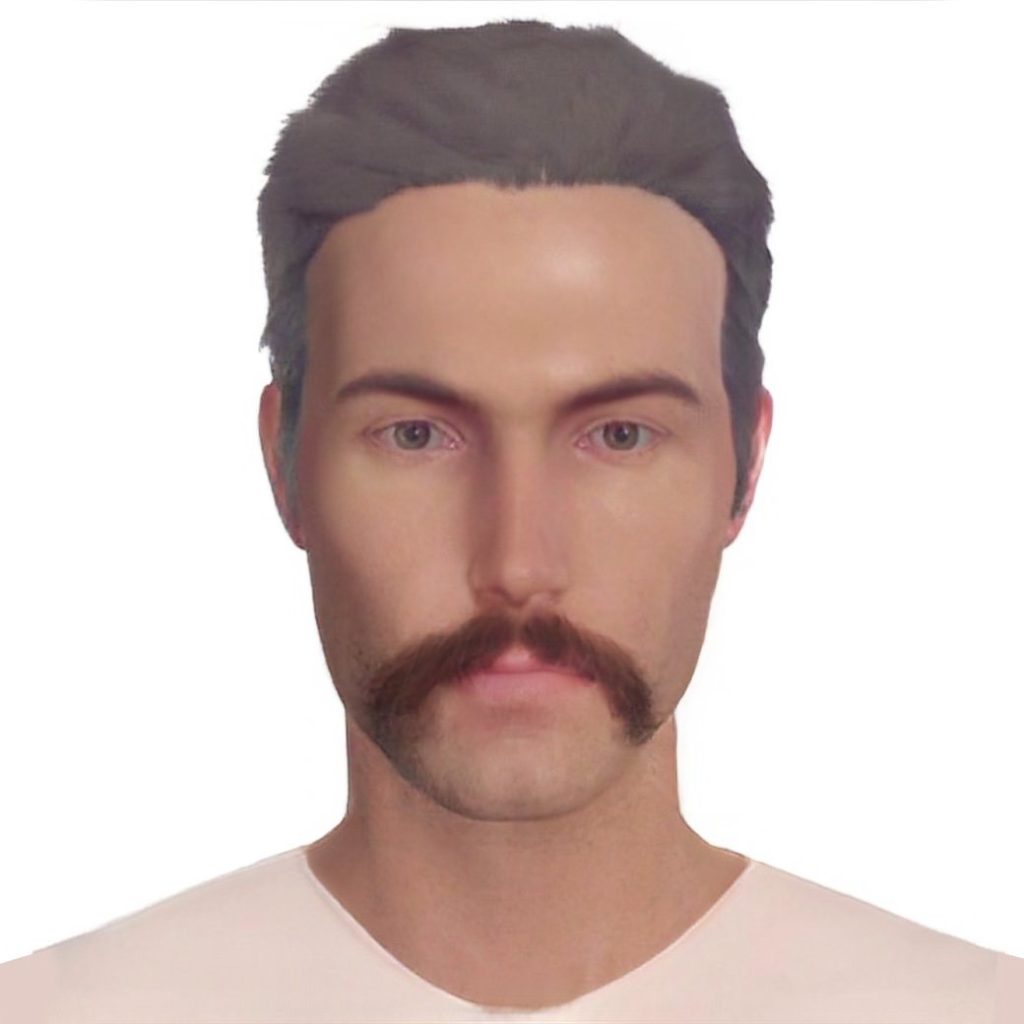
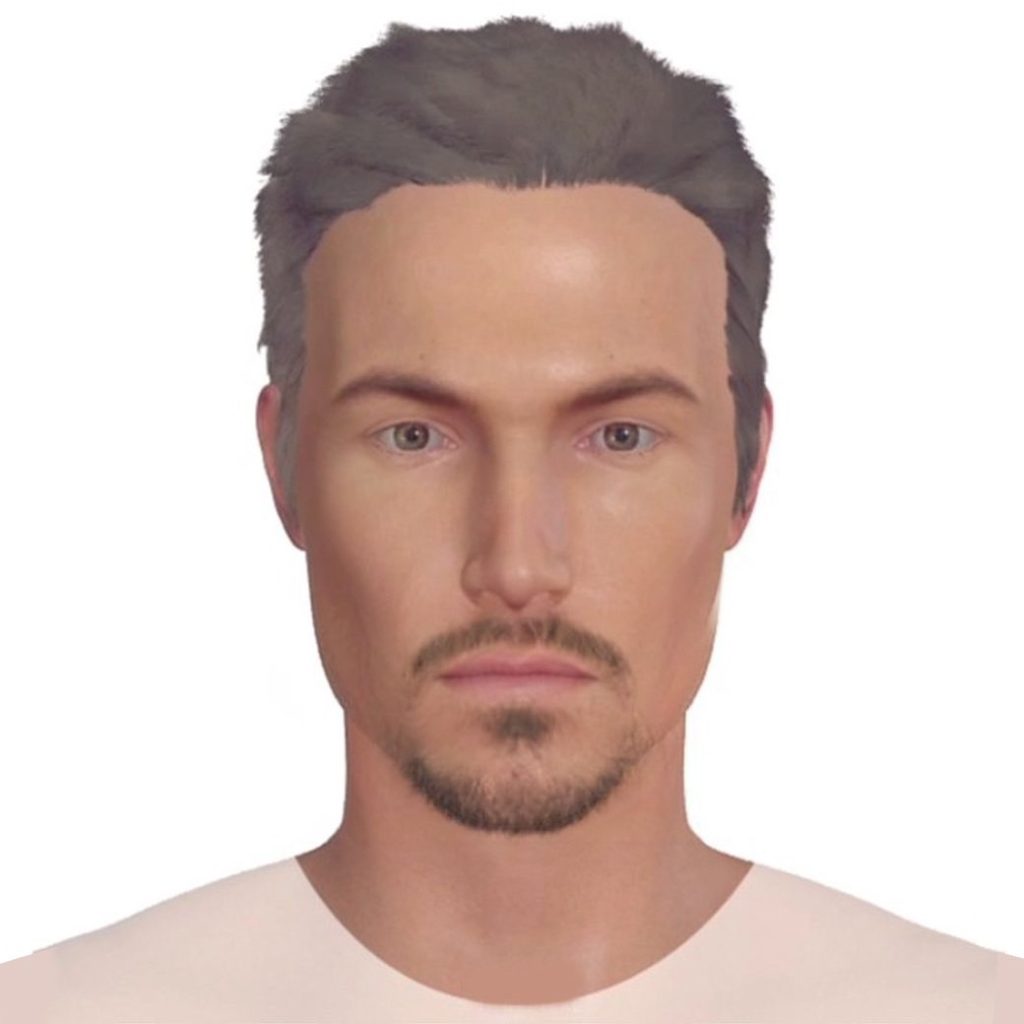
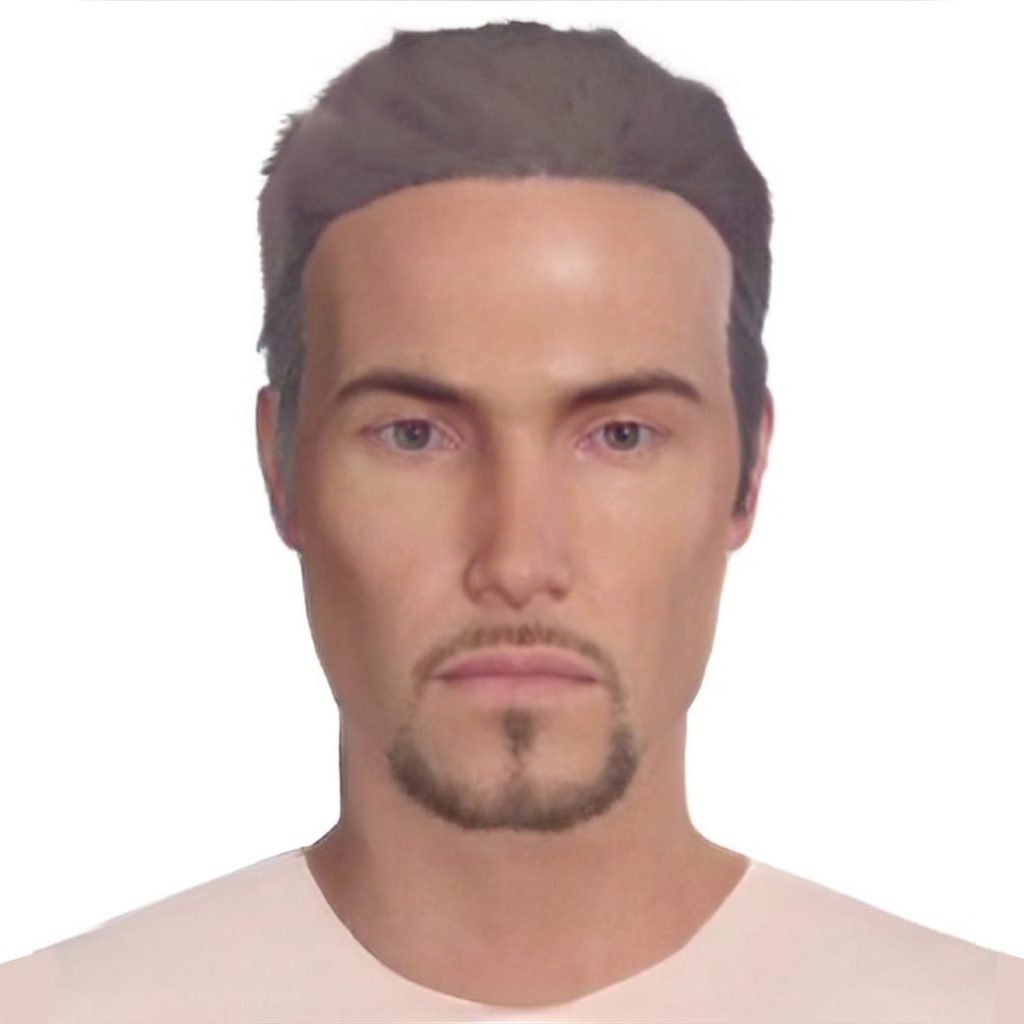
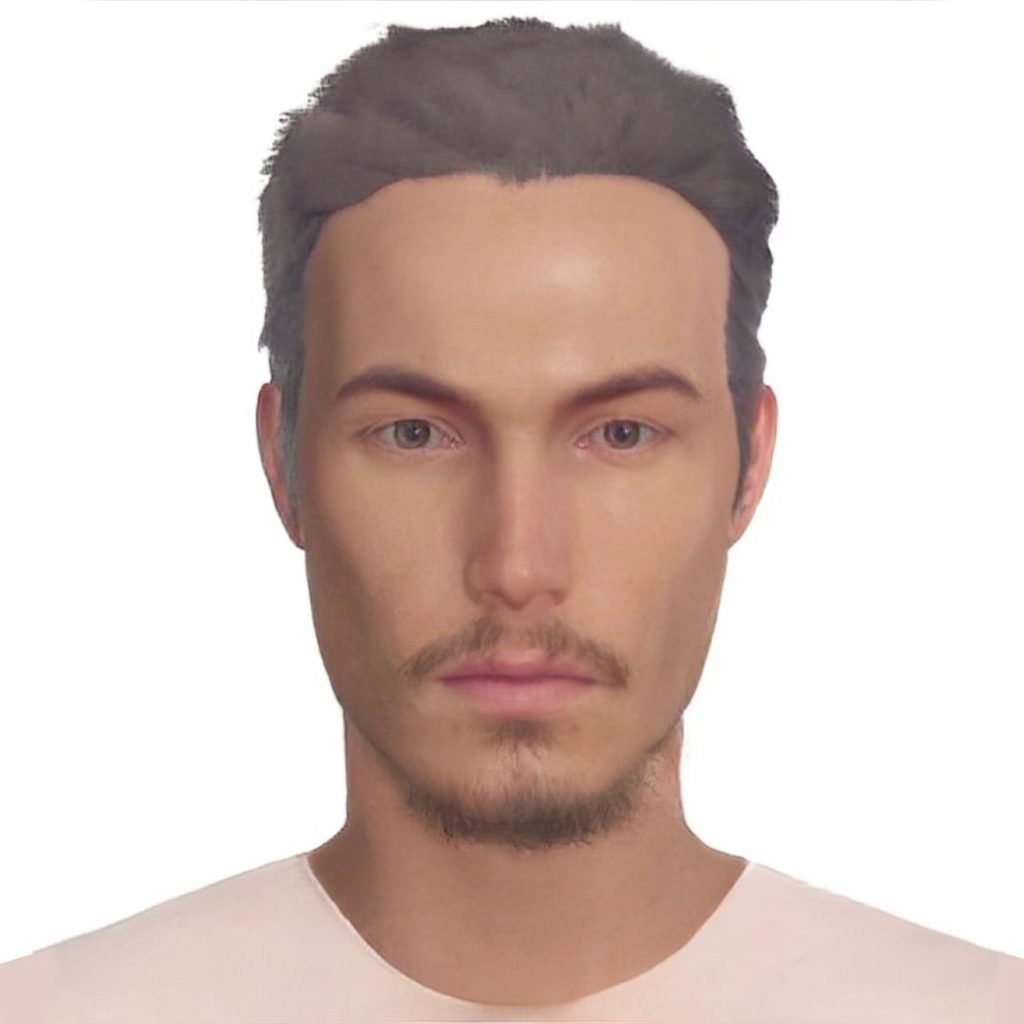
Chevron
Horseshoe
Anchor
Circle Bread
Balbo
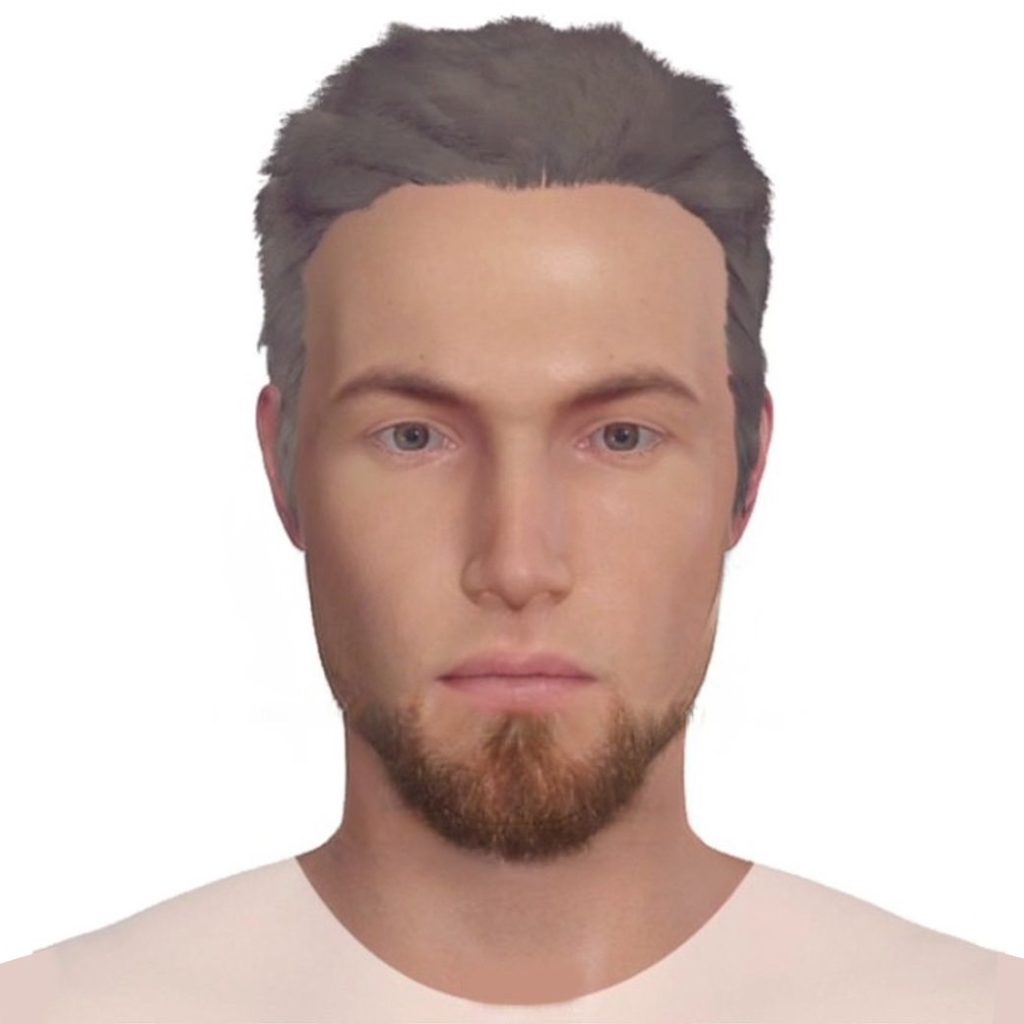
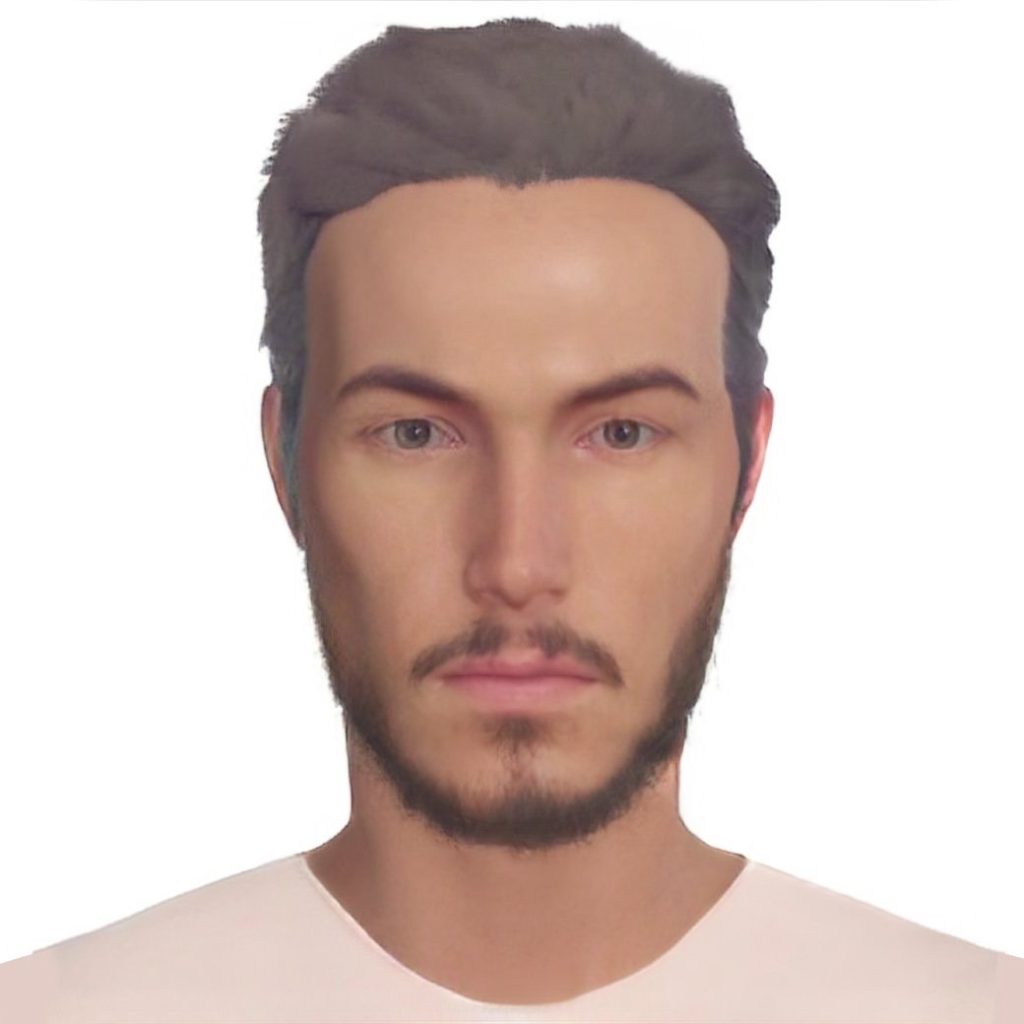
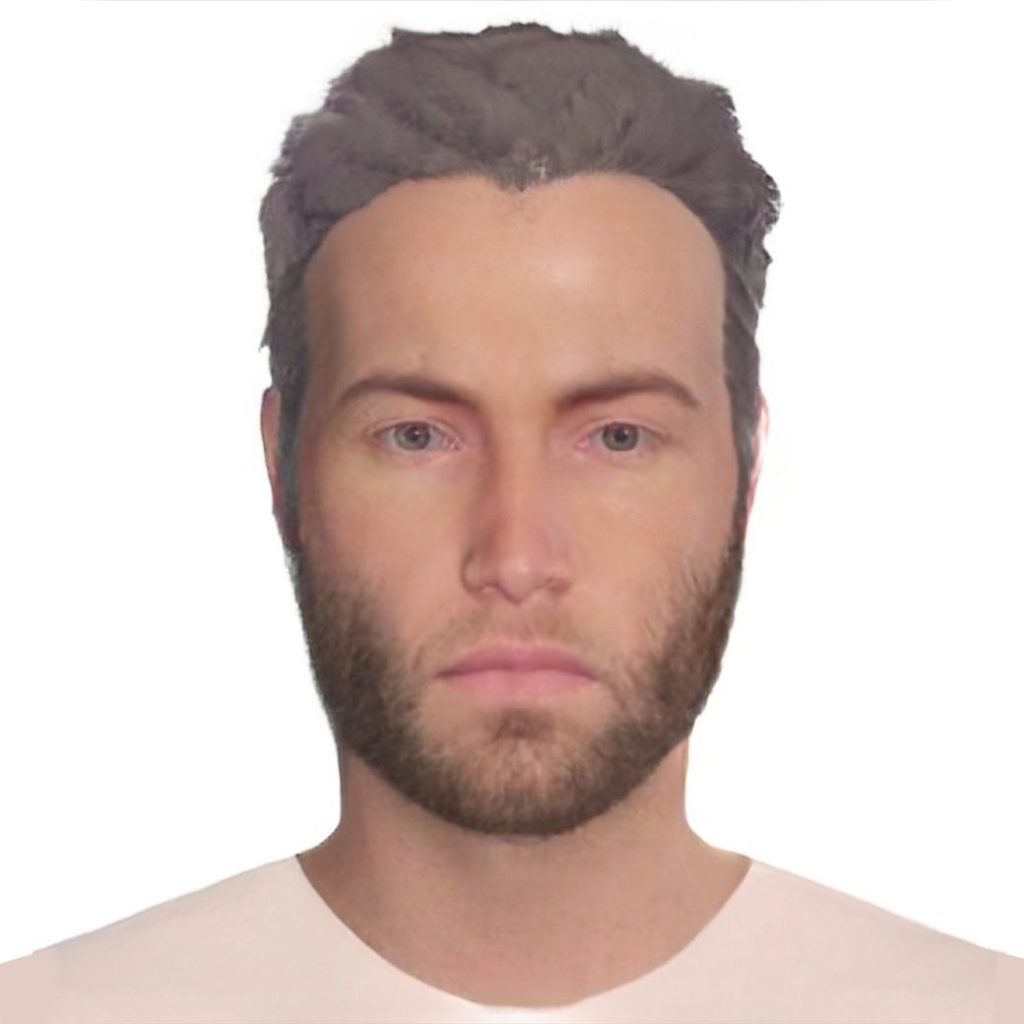
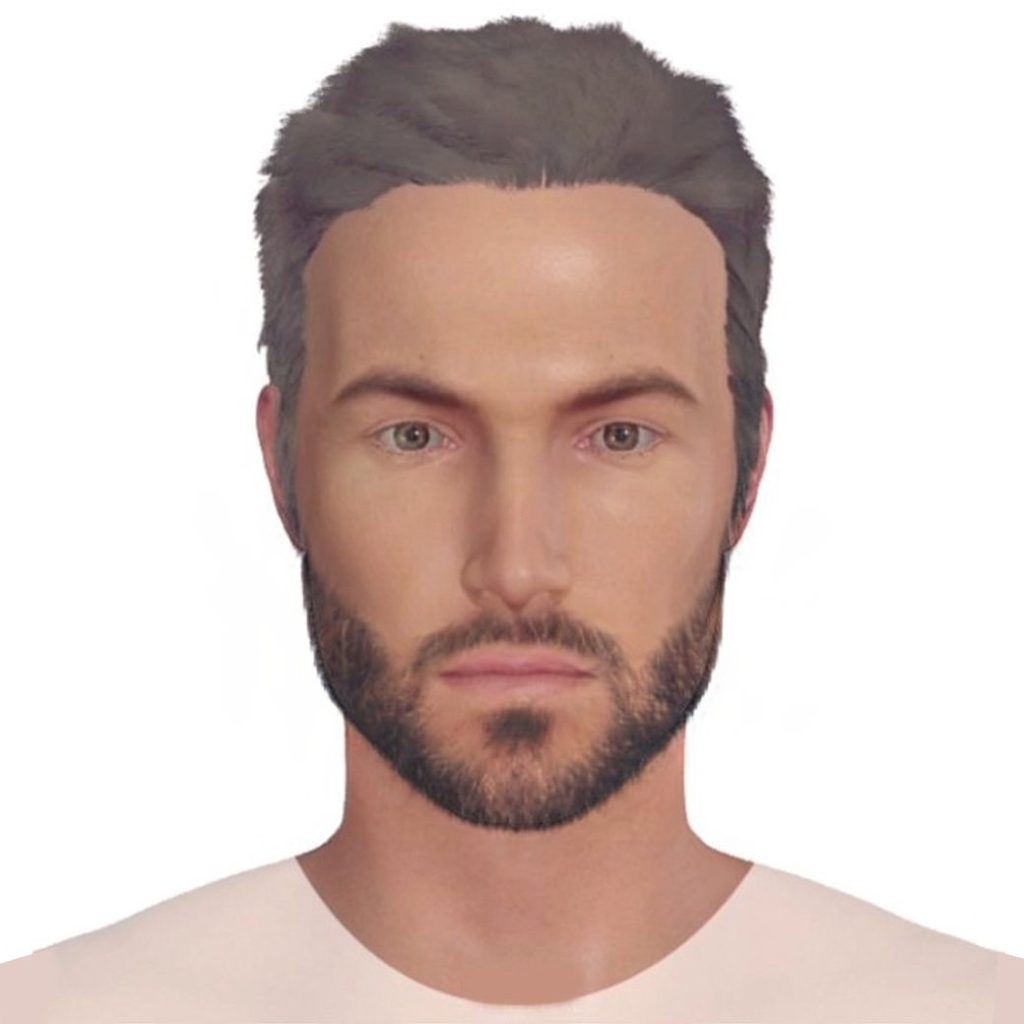
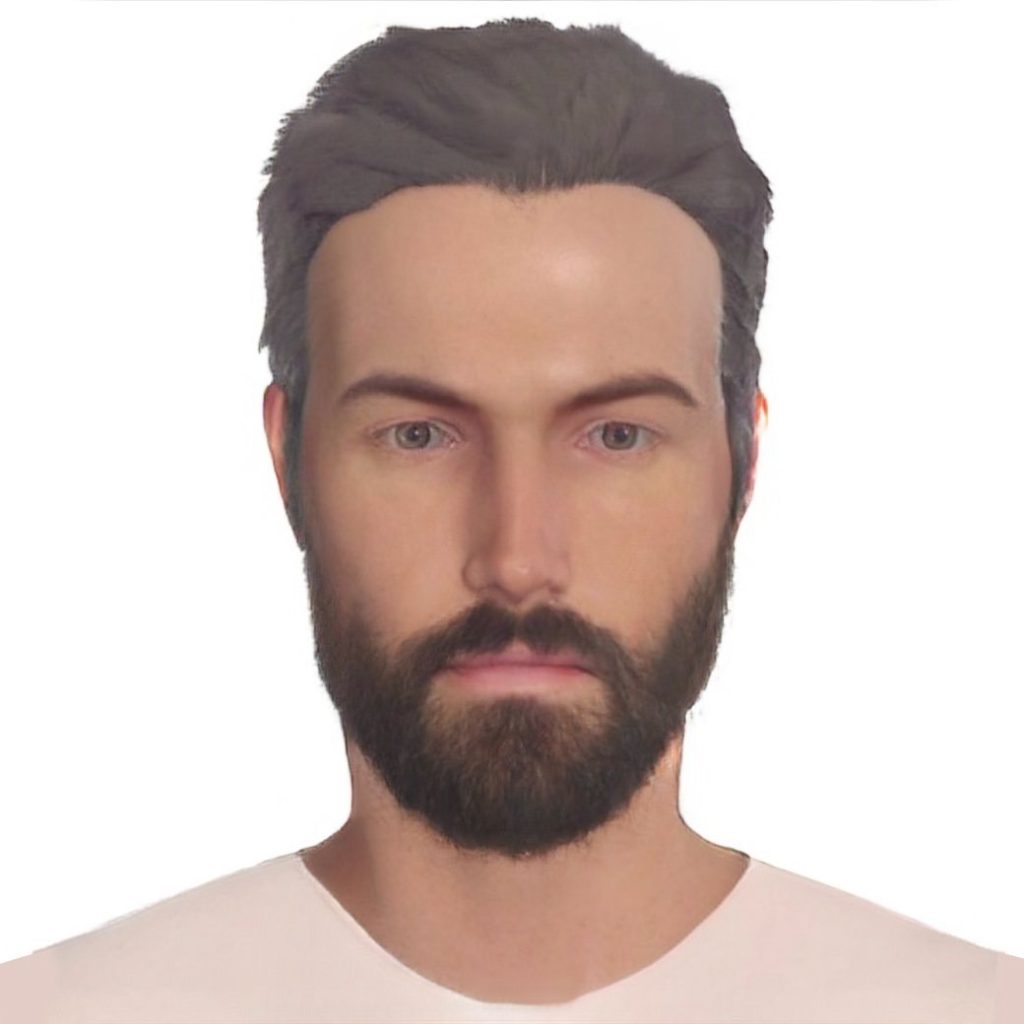
Goatee
Verdi
Chin Curtain
Extended Goatee
Full Beard
Safety and permanence of facial hair transplant
Facial hair transplant is generally considered safe, but as with any surgical procedure, there are potential risks and complications that should be considered. These may include bleeding, infection, scarring, and uneven or unnatural-looking results. It is important to choose an experienced and qualified surgeon who can minimize these risks and achieve the best possible outcome. Kamol hospital is a leading expert at facial hair transplant and has years of experience.
In terms of permanence, facial hair transplant can provide long-lasting results. This is because the transplanted hair is taken from a donor area on the patient’s own body (usually the back of the scalp), where it is not subject to the effects of male pattern baldness or other hair loss conditions. However, it is important to note that the transplanted hair will still undergo the normal growth cycle, which means that it may shed initially before regrowing over time.
The success of a facial hair transplant also depends on various factors, including the patient’s age, hair type, and the extent of hair loss. In some cases, multiple sessions may be required to achieve the desired density and coverage. Overall, facial hair transplant can be a safe and effective option for individuals who are seeking to restore or enhance their facial hair.
The recovery timeline for FUE (Follicular Unit Excision) and FUT (Follicular Unit Transplantation) hair transplants
The recovery timeline for FUE (Follicular Unit Excision) and FUT (Follicular Unit Transplantation) hair transplants are generally similar. However, there are some differences in the recovery process due to the differences in the techniques used. Here is a detailed timeline of recovery for both types of hair transplants:
FUE Hair Transplant:
Day 1-2: The patient will experience some discomfort, swelling, and redness on the scalp. Pain medication may be prescribed to help manage the pain.
Day 3-5: Patients are advised to avoid any strenuous physical activity, heavy lifting or bending over. Patients may be advised to wash their hair gently to remove any crusts or debris from the surgery.
Week 2-3: The patient may begin to notice some hair shedding which is normal after the procedure. There may still be some sensitivity or itchiness around the transplanted area.
Week 4-6: By this point, most of the swelling and redness should have subsided. However, the patient may still need to avoid any strenuous physical activity or contact sports.
Month 3-4: New hair growth may begin to appear, and the transplanted hair should start to thicken. The scalp may still be sensitive and patients should continue to avoid any activity that could damage the scalp or hair grafts.
Month 6-12: Patients should continue to follow the surgeon’s instructions for post-operative care during this period. The hair should continue to grow, and patients may need to continue taking medications prescribed by the surgeon to maintain the health of the hair and scalp.
After 1 year: The patient should have a good idea of the final results of the hair transplant by this point. However, continued maintenance and care of the hair and scalp are essential for long-term success.
FUT Hair Transplant:
Day 1-2: The patient will experience some discomfort, swelling, and redness on the scalp. Pain medication may be prescribed to help manage the pain.
Day 3-5: Patients are advised to avoid any strenuous physical activity, heavy lifting or bending over. Patients may be advised to wash their hair gently to remove any crusts or debris from the surgery.
Week 2: Sutures may be removed during this period if used, and the patient may be advised to return to work if their job does not require heavy lifting or strenuous activity.
Week 4-6: By this point, most of the swelling and redness should have subsided. The patient may begin to notice some hair shedding which is normal after the procedure.
Month 3-4: New hair growth may begin to appear, and the transplanted hair should start to thicken. The scalp may still be sensitive, and patients should continue to avoid any activity that could damage the scalp or hair grafts.
Month 6-12: Patients should continue to follow the surgeon’s instructions for post-operative care during this period. The hair should continue to grow, and patients may need to continue taking medications prescribed by the surgeon to maintain the health of the hair and scalp.
After 1 year: The patient should have a good idea of the final results of the hair transplant by this point. However, continued maintenance and care of the hair and scalp are essential for long-term success.
It is important to note that recovery timelines can vary, and some patients may experience a faster or slower recovery than others. It is important to follow the surgeon’s instructions carefully and attend all follow-up appointments to ensure the best possible outcome.Excision
